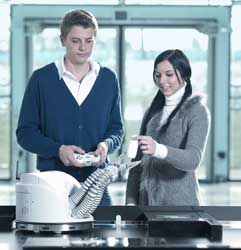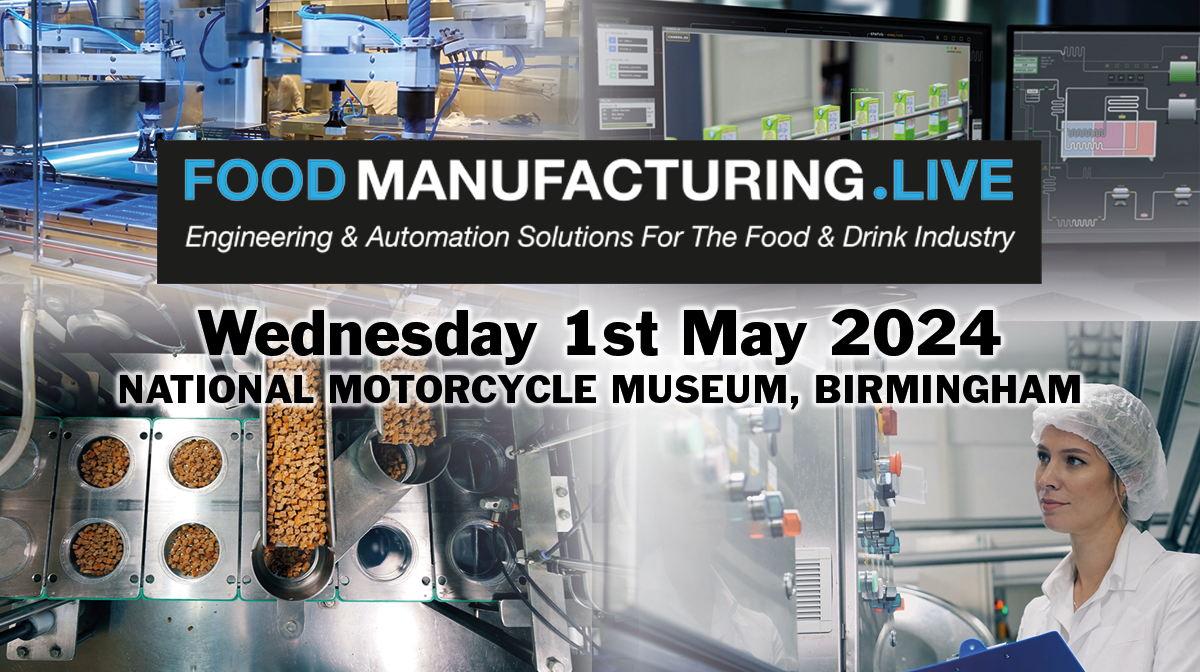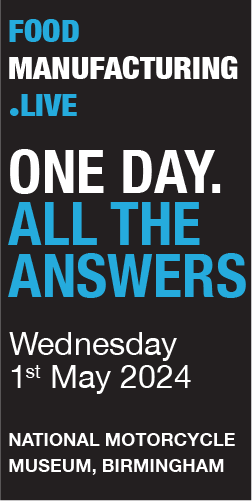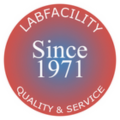
Posted to News on 18th Dec 2011, 20:11
See examples of bionic automation at the PPMA show
Festo is supporting the PPMA show by demonstrating how automation technologies of the future can employ principles adapted from nature. As an innovation leader in pneumatic and electric drive technologies, Festo sponsors a Bionic Learning Network of leading academics, research institutes and partner companies to explore, understand and find applications for lessons from nature. Applications developed from this knowledge network include new adaptive grippers, energy-saving handling systems and new concepts for sensing and communications.

The Festo stand features three highly innovative and dynamic exhibits, showing physical and behavioural properties that the company believes are key enablers to the robots of tomorrow. All three exhibits form part of Festo's on-going research into bionic automation technology.
Festo's bionic jellyfish - known as AquaJellies - will be demonstrating how they are able to sense and respond to their environment, and to communicate and cooperate as a group. These abilities are likely to influence the development of small autonomous intelligent systems that work in harmony to solve large-scale problems. The AquaJellies' lifelike movement through the water is facilitated by eight tentacles that generate a peristaltic forward motion, just like their natural counterparts.
Another exhibit that is bound to attract considerable attention is the RobotinoXT (see photo). This small mobile robot is equipped with a compact version of Festo's Bionic Handling Assistant, which is based on a bionic model of an elephant's trunk. Capable of manoeuvring in cramped spaces, the robot has no less than 12 different degrees of freedom. In addition to being able to travel in any direction, following predefined paths using optical or inductive sensors, the robot can move its gripper arm in any of three dimensions very accurately; and its adaptive gripper fingers - which, again, are based on bionic principles - can grasp fragile objects very carefully. The flexibility, light weight and inherent yielding nature of the arm, which simply moves aside in the event of a collision, opens up numerous opportunities for automation applications involving direct - and safe - human-machine contact.
The third Festo exhibit is a high-speed egg-handling robot, which uses the same type of adaptive gripper fingers as the Bionic Handling Assistant. This provides a practical demonstration of these bionic elements, which have obvious applications in pick-and-place, handling and sorting machines.
A full-size version of Festo's Bionic Handling Assistant can be seen in action on the PPMA stand, C50 in Hall 5. This stand also features a Festo bionic tripod robot, which uses the principle of a fish's tail fin to provide an energy-efficient, lightweight means of moving objects in three dimensions. The robot is equipped with Festo's adaptive gripper fingers on a ball joint modelled on the human wrist, enabling it to pick up and deposit objects at different heights and positions. Typical applications of the future could include sorting fruit and vegetables, or materials for recycling.
A further practical demonstration of a Festo tripod robot in action can be seen on Autarky Automation's stand, A66 in Hall 5. This specialist automation manufacturer integrates Festo's tripod technology into a wide variety of pick-and-place systems.
At PPMA 2011, Festo will be providing an intriguing glimpse of the future for OEMs, machine builders and system integrators.











